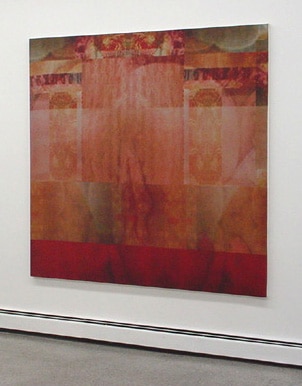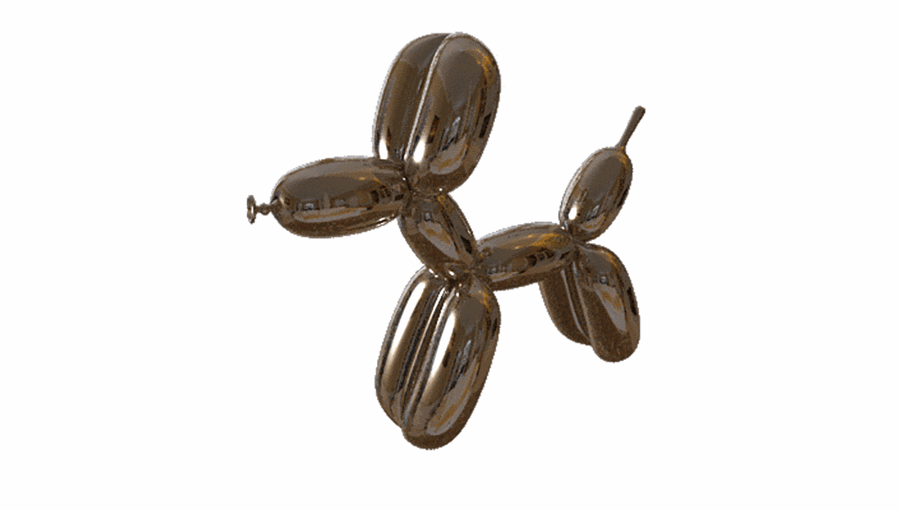
Throughout history, art and technology have had a complex but beneficial relationship. Both disciplines push the human imagination to its limits. When we interact with art or technology, we’re learning something new and exploring a new way of seeing the world. The technology-art relationship is an important one in human culture.
Over the past few decades, however, art and technology have developed a love-hate relationship with the rise of the internet. It’s now easy to do a Google Image search for any piece of art, and it’s trivial to copy digital files. While this means greater access to art, it also means true art is cheapened in the face of a flood of copies.
Blockchain technology could change that. In this article, we’ll look at the ways blockchain is helping art to change.
Art is Changing
Visual art is difficult to define, precisely because it’s always changing. Artists are constantly pushing the limits of what’s possible. Recently, those limits have expanded into the realm of digital art–art that exists as a file on a computer and not in the physical world. This transition blurs the technology-art divide even further.
1. Digitally Produced Art
One segment of the digital art movement focuses on creating art on a computer. This may mean sketching something digitally, photoshopping existing imagery, or representing something in GIF form. These types of art begin life as computer code.
This painting was created with the assistance of a computer algorithm
Blockchain technology is making this type of art easier to create and authenticate. Many people might even consider blockchain games or blockchain collectibles as types of digitally produced art. Rare Pepes, for instance, have gained a cult status as desirable digital art. After all, art is only as valuable as whatever someone is willing to pay.
2. Digitally Presented Art
Another branch of the digital art world is art created in the real world, but meant to be presented digitally. There’s a saying in the digital art world, “screens are the new walls.” Moreover, with the rise of high-definition displays, screens can represent artwork with incredibly high fidelity to the original piece.
But how do you know the file you’re displaying is original and the highest quality available? Blockchain technology can assist with that, certifying runs of high-quality image files.
3. Digitally Produced and Presented

This GIF sold for $200 at auction after being listed at over $5,000.
Increasingly, art is both digitally produced and presented, offering opportunities for blockchain to secure the entire value cycle of a piece of art. The technology-art divide no longer exists as technology becomes an integral part of creating, displaying, signing, and selling art.
4. Cryptocurrency Art Purchases
Another blossoming industry is using cryptocurrency to purchase art. Cryptocurrencies are well suited to these kinds of transactions because they allow you to transfer large stores of value to anyone in the world relatively quickly. There’s no need to wait for banks to authorize the transfer, and no percentage of the transaction goes to the payment processor.
5. Blockchain Art Provenance
The applications of blockchain technology in art don’t stop with just digital art. Physical works of art also benefit from blockchain verification and decentralized marketplaces.
One important application is blockchain art provenance, helping art buyers establish a history of previous owners all the way back to the original artist. The benefit of using blockchain is its ledger is immutable and append-only. It would be difficult to forge, fake, or change the provenance of a piece of art once listed on the blockchain. As blockchain enters the art market even for older pieces of art, the technology-art divide closes even further, bringing analog art into the digital age.
6. Expanding the Borders of What Art Is
A major side effect of the growth of digital art and the shrinking technology-art divide is an expanding sense of what art could be. Not only are Rare Pepes and Cryptokitties now gaining status as works of art. Anime Coin (ANI) crypto and even MS Paint drawings can now be sold on digital marketplaces. If someone is willing to pay for them, then they have value.

These kinds of technology art projects continue to challenge our preconceived notions of what art is supposed to look like.
7. Making Art More Affordable
Using blockchain, it’s possible to buy a work of digital art directly from the artist with no middlemen. Consequently, it’s never been cheaper in history to become a collector of art. Right now, you can buy a work of art for less than $10 online. The file you receive would not be an reprint of the original. Instead, it would be an original, verified copy that’s part of a limited run (or possibly unique in the world).
8. Making Art More Accessible
Traditional art markets are the realm of the elite. They’re curated and often cater to the tastes of upper-class westerners. As soon as you digitize art and create blockchain technology art marketplaces, however, it becomes easier for everyone to access those marketplaces. Any artist can sell to anyone else in the world without a gatekeeper or gallery curator standing in the way.
9. Decentralizing Authority to Sell
This trend toward decentralized art sales gives artists and owners power over what to do with their art. Buying and selling art can happen peer-to-peer at rates much faster than traditional art markets. Perhaps you want to buy a piece to display for a week and then resell the piece the next week. With decentralized marketplaces, that’s possible.
When you sell, you’ll be able to take bids from all over the world. Soon, smart contracts will facilitate the transaction, making sure you receive your funds, the file is transferred to the recipient, and the original no longer exists on your computer.
10. Digital Galleries
Art galleries have long been a physical space, and it’s not likely they’ll go away any time soon. However, the technology-art transition does mean that galleries are increasingly digital. With blockchain, it’s possible to set up an art marketplace that is a DAO, entirely ownerless, and uses smart contracts to facilitate art trades.
Technology, Art, & the Future
The blockchain technology-art relationship is still evolving, but it’s an exciting application of blockchain in a real industry use case where verification and authenticity are sorely needed. As the technology-art gap shrinks, expect art to get cheaper, more accessible, and more eclectic.
The post 10 Ways Blockchain Technology is Changing Art appeared first on CoinCentral.

Coincentral.com is author of this content, TheBitcoinNews.com is is not responsible for the content of external sites.
Our Social Networks: Facebook Instagram Pinterest Reddit Telegram Twitter Youtube










